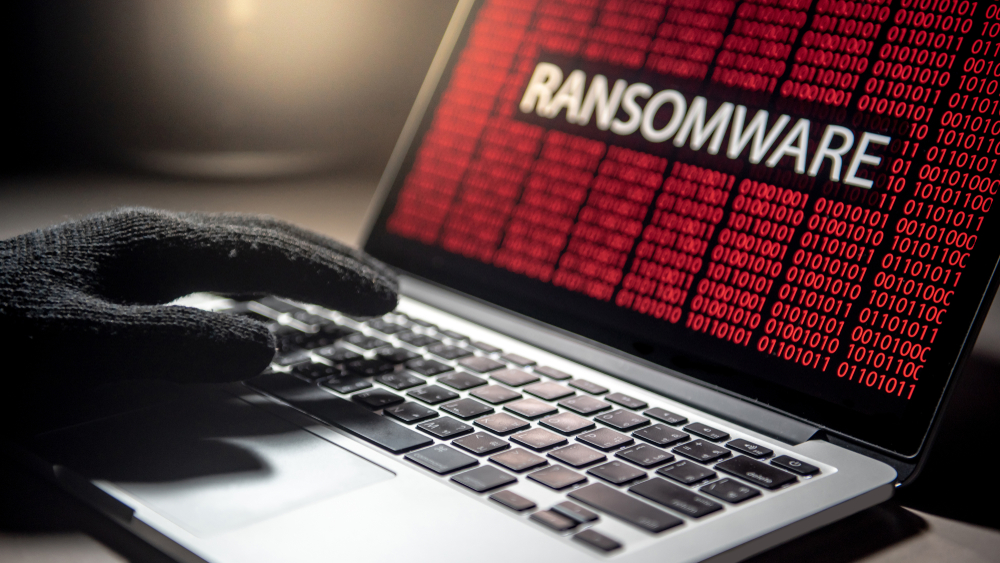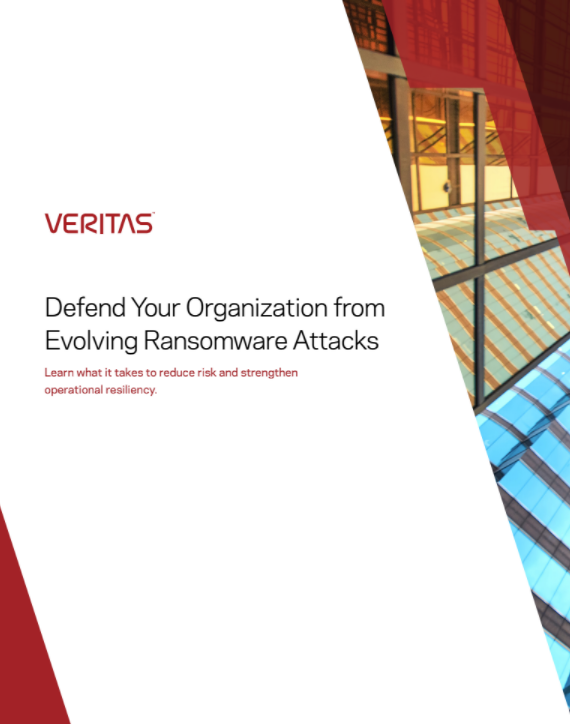New ransomware targets unpatched Microsoft Exchange servers
Vulnerabilities in server software allow Epsilon Red to encrypt data


Security researchers have discovered new ransomware targeting unpatched Microsoft Exchange servers.
Researchers spotter this new malware, called "Epsilon Red," in the wild, and it initially targeted US-based hospitality businesses, according to Sophos. The name derives from a somewhat obscure X-Men villain — a "super-soldier" alleged to be of Russian origin, sporting four mechanical tentacles and a bad attitude.
The malware was the final executable payload to the victim company, while every other early-stage component was a PowerShell script. Researchers said at least one victim had paid a ransom of 4.29 Bitcoins ($158,114) on May 15.
Researchers said the name and tooling were unique to this attacker, but the ransom note left on infected computers resembles the REvil ransomware note with a few grammatical corrections. They added that there were no other obvious similarities between the Epsilon Red ransomware and REvil.
The initial point of entry for the ransomware was an enterprise Microsoft Exchange server.
"It isn't clear whether this was enabled by the ProxyLogon exploit or another vulnerability, but it seems likely that the root cause was an unpatched server," the researchers said.
"From that machine, the attackers used WMI to install other software onto machines inside the network that they could reach from the Exchange server."
Get the ITPro daily newsletter
Sign up today and you will receive a free copy of our Future Focus 2025 report - the leading guidance on AI, cybersecurity and other IT challenges as per 700+ senior executives
The malware, called RED.exe, is a 64-bit Windows executable programmed in the Go language, compiled using the MinGW tool, and packed with a modified version of the runtime packer UPX.
RELATED RESOURCE

Defend your organisation from evolving ransomware attacks
Learn what it takes to reduce risk and strengthen operational resiliency
Epsilon Red makes no network connections and uses PowerShell scripts to then kill off system processes before deleting Volume Shadow Copies. Most of the scripts are numbered from 1 to 12, but several are named with the same letter. One of them, c.ps1, appears to be a clone of the Copy-VSS penetration-testing tool.
The ransomware then encrypts inside the folder, including other executables and DLLs, which can render programs or the entire system non-functional if the ransomware encrypts the wrong folder path. In each encrypted folder, the malware creates a ransom note with instructions on contacting cyber criminals and paying for decryption.
Researchers said that as the ingress point for this attack appears to have been an Exchange server vulnerable to the ProxyLogon exploit chain, "customers are urged to patch internet-facing Exchange servers as quickly as possible."
Rene Millman is a freelance writer and broadcaster who covers cybersecurity, AI, IoT, and the cloud. He also works as a contributing analyst at GigaOm and has previously worked as an analyst for Gartner covering the infrastructure market. He has made numerous television appearances to give his views and expertise on technology trends and companies that affect and shape our lives. You can follow Rene Millman on Twitter.
-
 Should AI PCs be part of your next hardware refresh?
Should AI PCs be part of your next hardware refresh?AI PCs are fast becoming a business staple and a surefire way to future-proof your business
By Bobby Hellard
-
 Westcon-Comstor and Vectra AI launch brace of new channel initiatives
Westcon-Comstor and Vectra AI launch brace of new channel initiativesNews Westcon-Comstor and Vectra AI have announced the launch of two new channel growth initiatives focused on the managed security service provider (MSSP) space and AWS Marketplace.
By Daniel Todd
-
 ‘Phishing kits are a force multiplier': Cheap cyber crime kits can be bought on the dark web for less than $25 – and experts warn it’s lowering the barrier of entry for amateur hackers
‘Phishing kits are a force multiplier': Cheap cyber crime kits can be bought on the dark web for less than $25 – and experts warn it’s lowering the barrier of entry for amateur hackersNews Research from NordVPN shows phishing kits are now widely available on the dark web and via messaging apps like Telegram, and are often selling for less than $25.
By Emma Woollacott
-
 Healthcare systems are rife with exploits — and ransomware gangs have noticed
Healthcare systems are rife with exploits — and ransomware gangs have noticedNews Nearly nine-in-ten healthcare organizations have medical devices that are vulnerable to exploits, and ransomware groups are taking notice.
By Nicole Kobie
-
 Alleged LockBit developer extradited to the US
Alleged LockBit developer extradited to the USNews A Russian-Israeli man has been extradited to the US amid accusations of being a key LockBit ransomware developer.
By Emma Woollacott
-
 February was the worst month on record for ransomware attacks – and one threat group had a field day
February was the worst month on record for ransomware attacks – and one threat group had a field dayNews February 2025 was the worst month on record for the number of ransomware attacks, according to new research from Bitdefender.
By Emma Woollacott
-
 CISA issues warning over Medusa ransomware after 300 victims from critical sectors impacted
CISA issues warning over Medusa ransomware after 300 victims from critical sectors impactedNews The Medusa ransomware as a Service operation compromised twice as many organizations at the start of 2025 compared to 2024
By Solomon Klappholz
-
 Warning issued over prolific 'Ghost' ransomware group
Warning issued over prolific 'Ghost' ransomware groupNews The Ghost ransomware group is known to act fast and exploit vulnerabilities in public-facing appliances
By Solomon Klappholz
-
 The Zservers takedown is another big win for law enforcement
The Zservers takedown is another big win for law enforcementNews LockBit has been dealt another blow by law enforcement after Dutch police took 127 of its servers offline
By Solomon Klappholz
-
 There’s a new ransomware player on the scene: the ‘BlackLock’ group has become one of the most prolific operators in the cyber crime industry – and researchers warn it’s only going to get worse for potential victims
There’s a new ransomware player on the scene: the ‘BlackLock’ group has become one of the most prolific operators in the cyber crime industry – and researchers warn it’s only going to get worse for potential victimsNews Security experts have warned the BlackLock group could become the most active ransomware operator in 2025
By Solomon Klappholz